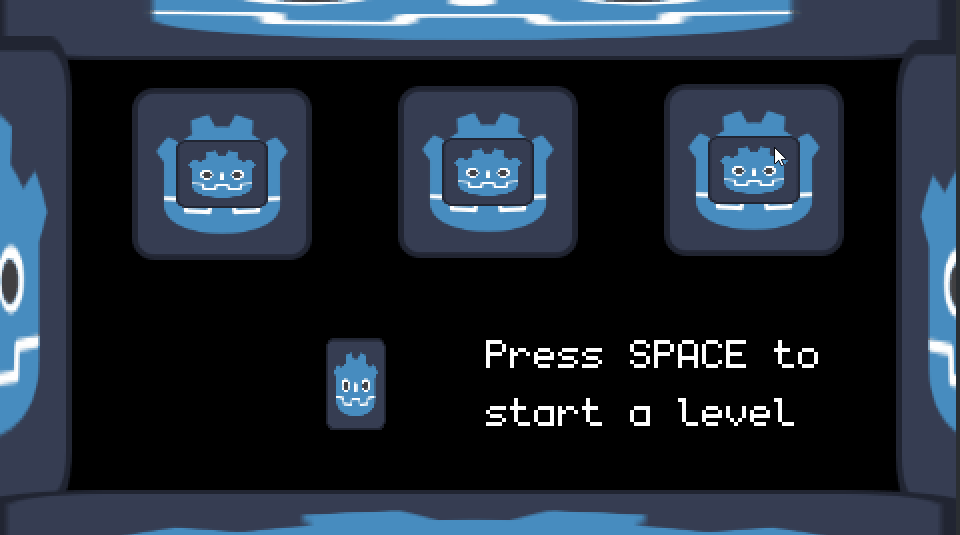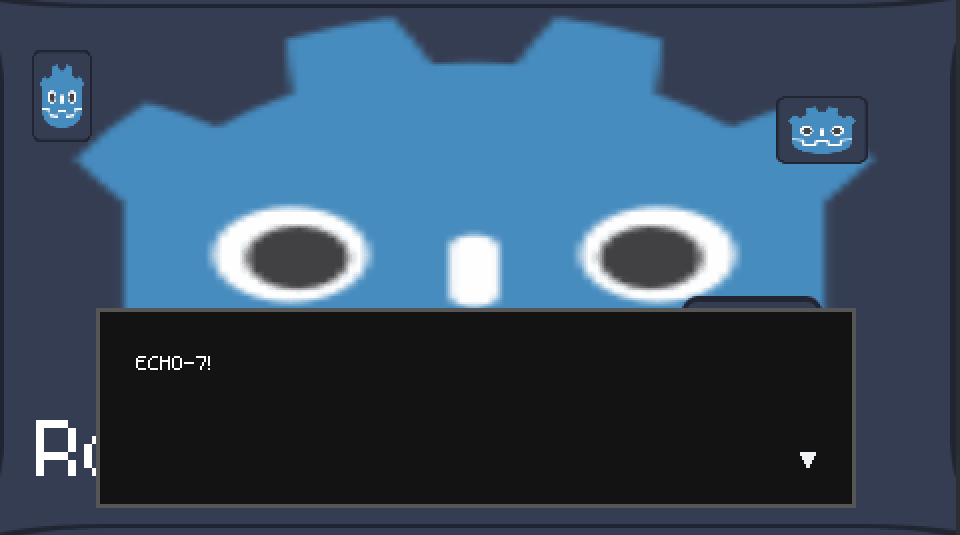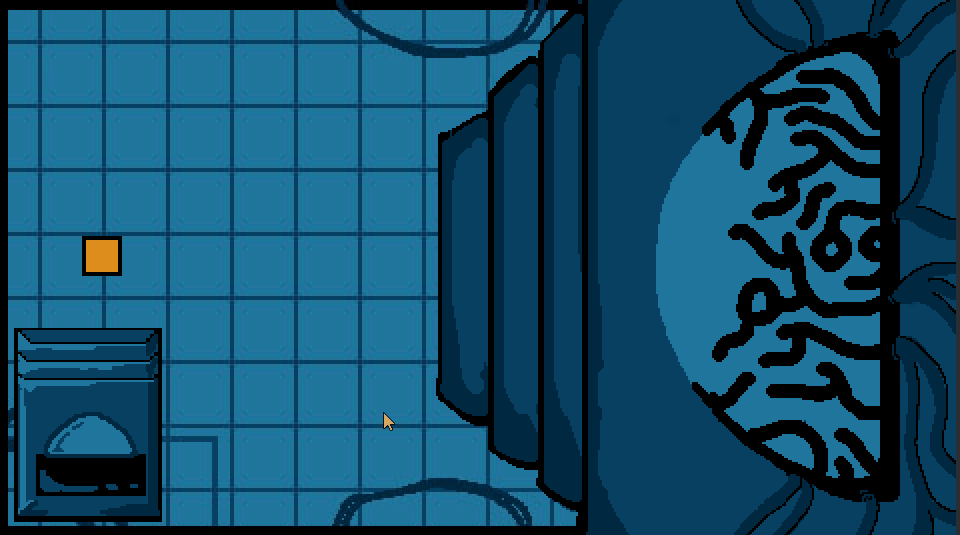Lost Frequencies Jam 2025 report
Before the jam
At Upper Garden, we were delighted by the fact that our city would host a new videogames festival, the Florence Games Festival. And when we heard that there would be a game jam connected to that event, we knew we had to participate somehow. We teamed up with a couple of friends and we decided and create something during the three weeks of the jam.
We had a very rough schedule (which we clearly didn't follow, but it was nice to have some guidelines): about three days for brainstorming, a week for development, and roughly ten days for polishing and bug fixing.
During the jam
Brainstorming phase
On the evening of the first day of the jam, we grabbed some beers and snacks and we met at one of our team member's homes. The objective of the jam, from the jam page on itch.io, was:
Lost signals in space hide untold, retro video game stories. Explore and remix classic game elements with modern mechanics and narratives.
You can interpret the theme anyway you like—surprise us!
We came up with some very different ideas, from games using anaglyphs to hide information in puzzle solving to games where the player needed to have a sound wave bounce around a maze of reflecting walls to reach a target position. The common thread between our ideas was exploring the physical properties of frequencies, waves, and so on. In the end, we settled on an idea which required the player to interact with some sort of UI controls to modify a waveform until it was synchronized with a reference waveform, which would unlock the next "puzzle".
From there, we try to expand that idea, thinking about which waveforms we wanted to make available to the player, which types of controls (like amplitude and frequency), if there needed to be more mechanics like a time limit or "malfunctioning" knobs, and more.
Meanwhile, we also started thinking about the narrative (which was listed as a "requirement" of the submissions for the jam) but we had never really worked on narrative before, so it was a bit tough. We just thought we could figure it out on the go and started working on a prototype.
Prototyping and development phase
After about 3 days (as planned) of brainstorming, we created the project in Godot and started working on the real game. The first focus was on the "waves" minigame; a simple test scene was created, where the player could move around and interact with some terminals. By interacting with a terminal, another scene would appear, showing editable progress bars and a waveform generated dynamically based on the bars values, used as settings for amplitude and frequency.

Even if there was still no artwork, we quickly decided to make the game in pixel art, since that was the only "style" we used in previous projects.
In the meantime, we also started adding a dialogue system, since we knew we had to implement something related to narrative (but we still didn't think about a real "plot" or theme for the game) and we ended up using the really good Dialogic Godot plugin, which immensely helped in speeding up development.
Once Dialogic was set up with some custom settings suitable for our pixel-art setup, we also started thinking about the plot: we ended up on an idea, which revolved around a bad AI or "virus-like" software which takes control of the mainframe of a highly technological fictional world, with the intention of destroying it. The main character, an imprisoned robot, would have to decide whether to try and confront the AI or find a way to escape the planet. From there, we also tried to find an appealing name revolving around tech buzzwords, and we came up with "GLITCHMOTHER".

After that, a simple (and with restricted access) itch.io page was created, so that the various iterations could be tested by the various team members.
The end of week 2 was spent by starting to plan and write the various dialogues and rooms, as well as an outline for the waveforms puzzle difficulties; meanwhile the various systems (both for dialogues and for the waveforms minigame) were restructured to be as configurable as possible, so that building levels would only be a matter placing and configuring some pre-made blocks.
Polish phase
Week 3 was devoted to finally building the real game, by assembling the previously made blocks to create the levels and the narrative story, told in the dialogs which showed up at the beginning of each room.
The OST was created during the weekends, and we ended up using multiple tracks for the different stages of the game:
- one for the title screen
- one for the first part of the game, before the fork in the road that leads the player to escape or to confront the AI
- one for the second part of the game
- one for the ending scenes
The final artwork was integrated in the project in the last days of the jam, since so much time had to be devoted to building the various levels.
Testing phase
During the final days of the jam, a couple of team members and some friends rigorously tested the game. Some nasty bugs popped up, so we spent some time fixing them in order to ensure a smoother gameplay experience.
On the last evening, 56 minutes and 17 seconds before the deadline, we finally loaded the last (hopefully almost bug-free) build and the game was submitted in the jam page.

After the jam
That was a nice run! We had a lot of fun working on the game, and we definitely learned a lot having to work on areas outside of our comfort zone like narrative and dialogue systems. The game can be found on itch.io, and in the two weeks after the jam ended we played the other submissions. After that, the ratings were published: we placed 4th overall and took 1st place in the "gameplay" category!
Tags: #gamedev